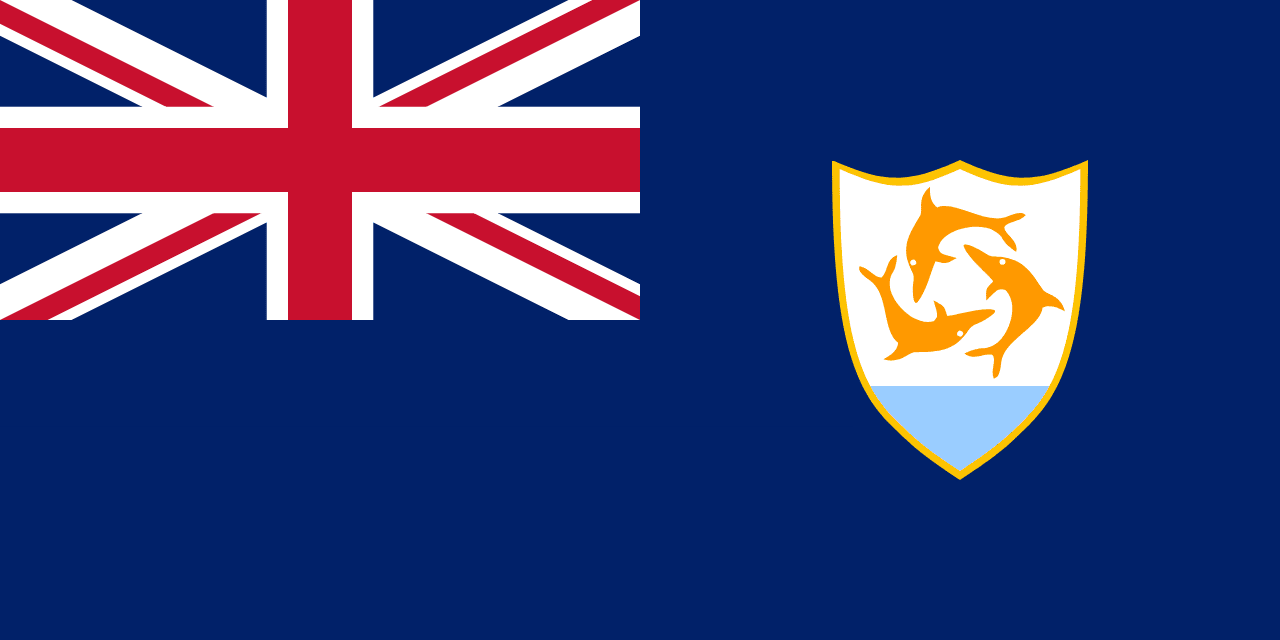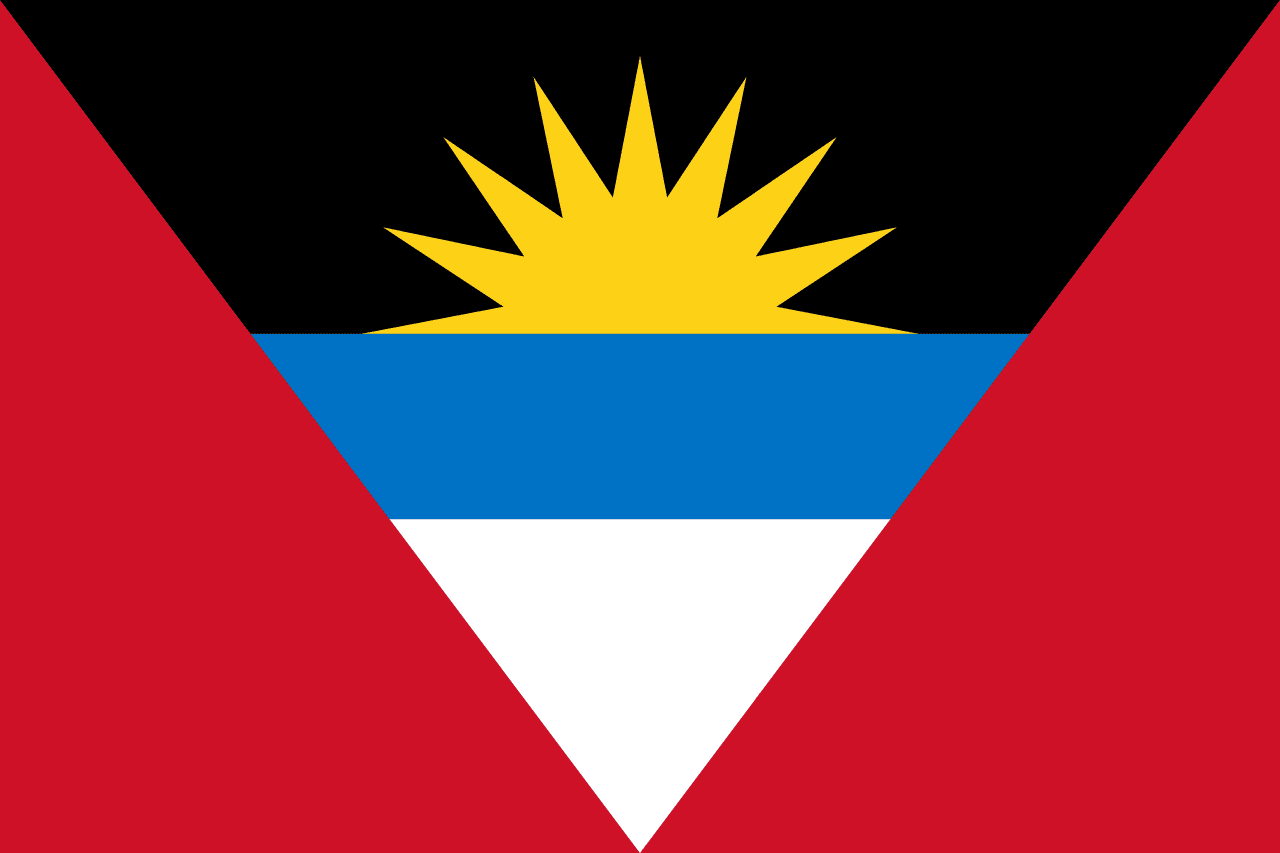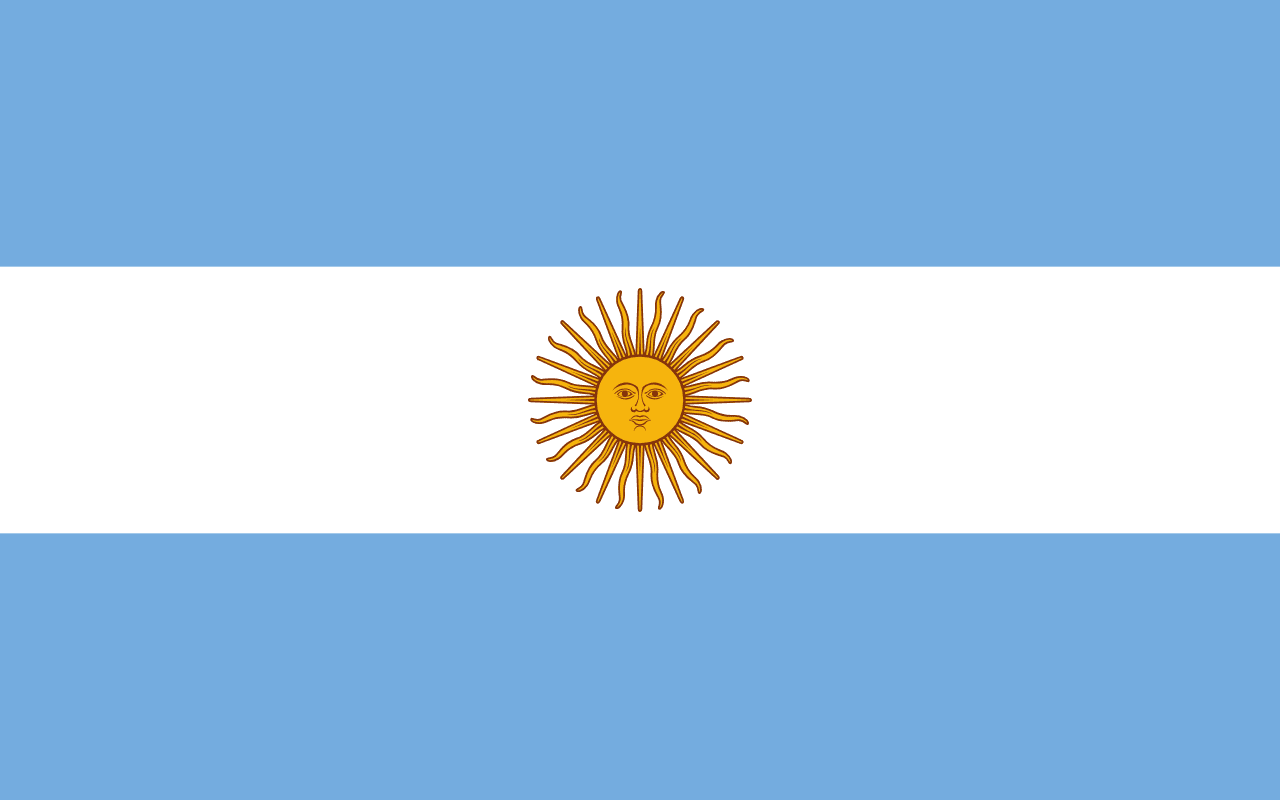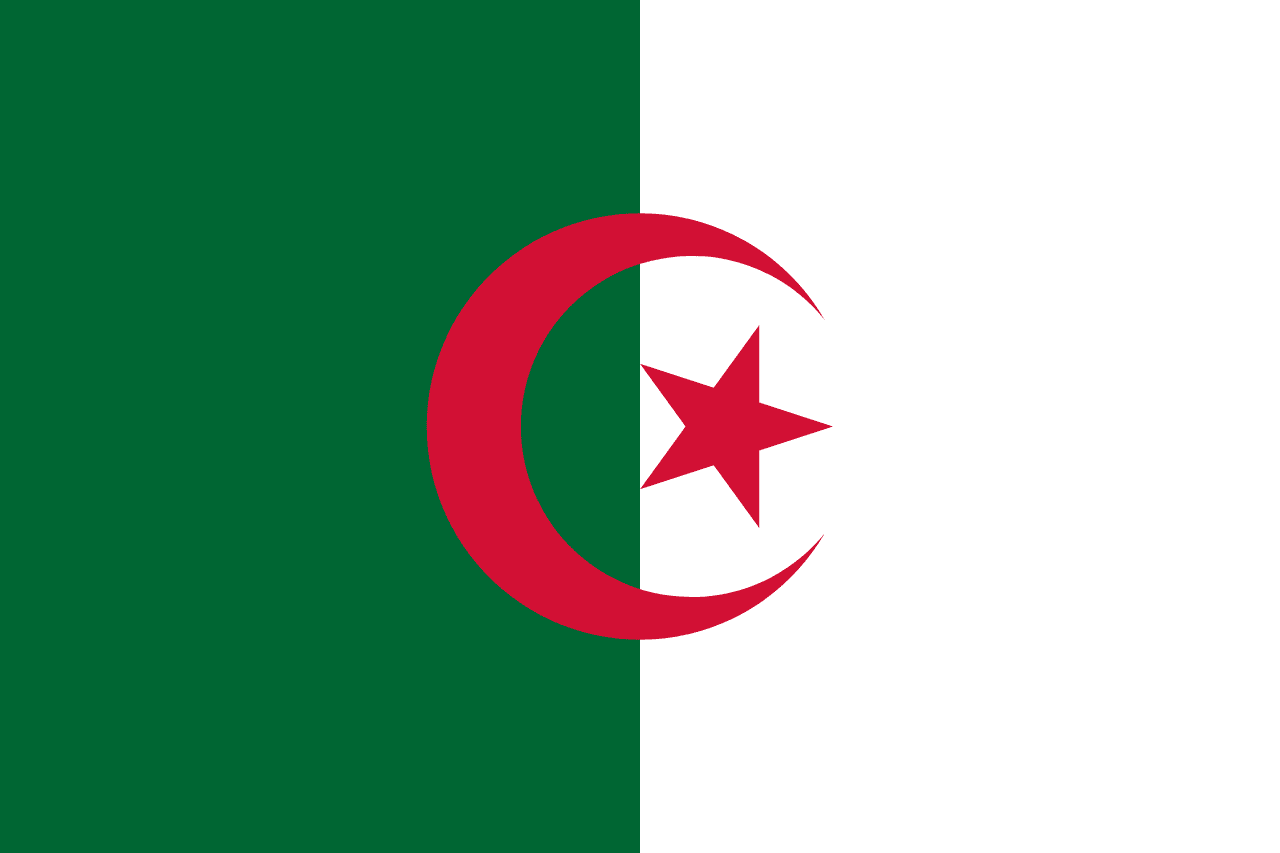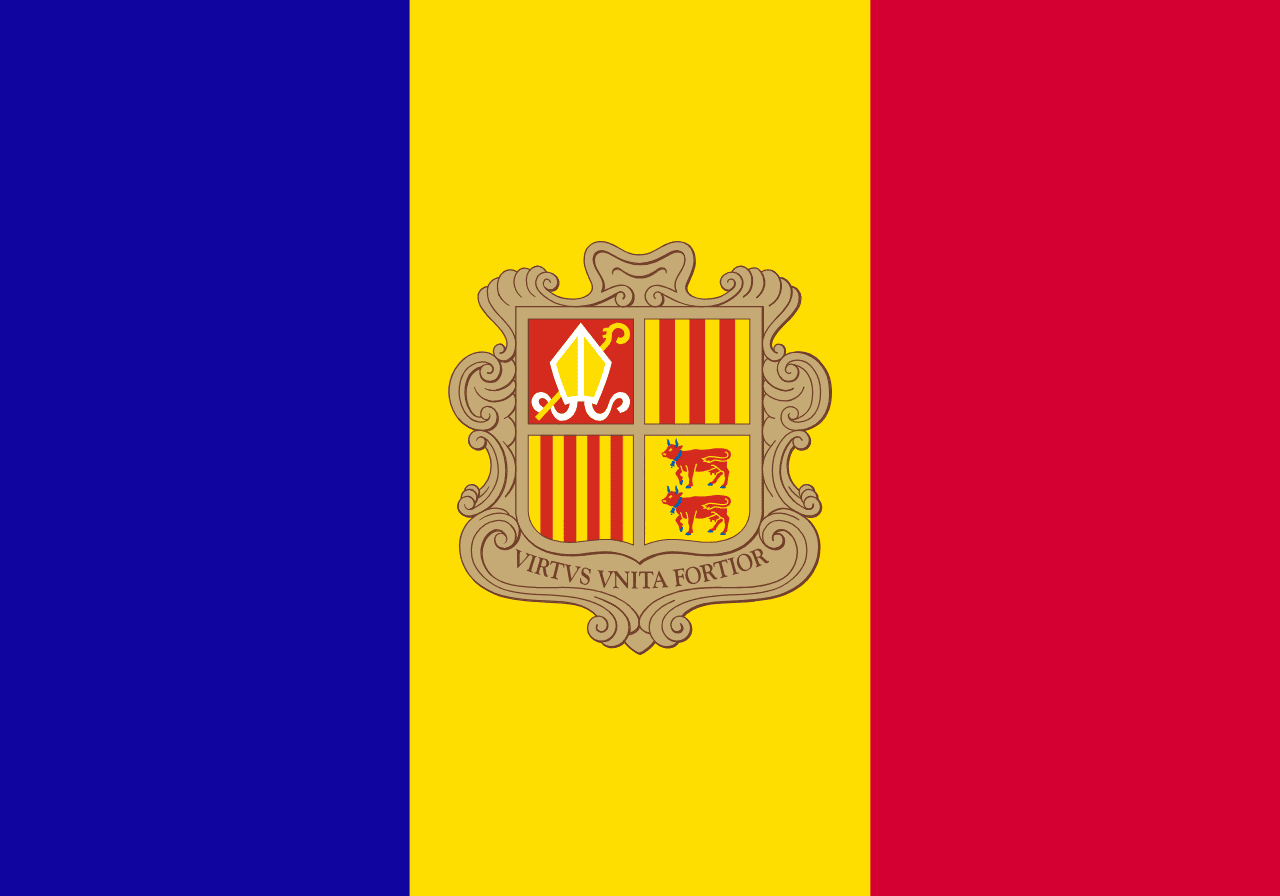The flag of Angola is a striking emblem that encapsulates the nation's history, struggle for independence, and aspirations for the future. It consists of two equal horizontal bands: red on top and black on the bottom. At the center, a yellow emblem features a half cogwheel crossed by a machete and crowned with a five-pointed star. This unique design, rich in symbolism, represents Angola's journey from colonial rule to sovereignty and its vision for progress and unity.
Angola information
| National Flag Day | November 11 |
| Sovereign state | Yes |
| Official name | Republic of Angola |
| Capital | Luanda |
| Population | 32,866,278 |
| Area | 1,246,700 km² |
| Currency | Angolan kwanza (AOA) |
| Language | Portuguese |
| Continent | Africa |
| Region | Southern Africa |
| Subregion | Central Africa |
| Borders | Democratic Republic of the Congo, Republic of the Congo, Namibia, Zambia |
| Timezone | West Africa Time (WAT) UTC+1 |
| Calling code | +244 |
| Top-level domain | .ao |
History and evolution of the Angolan flag
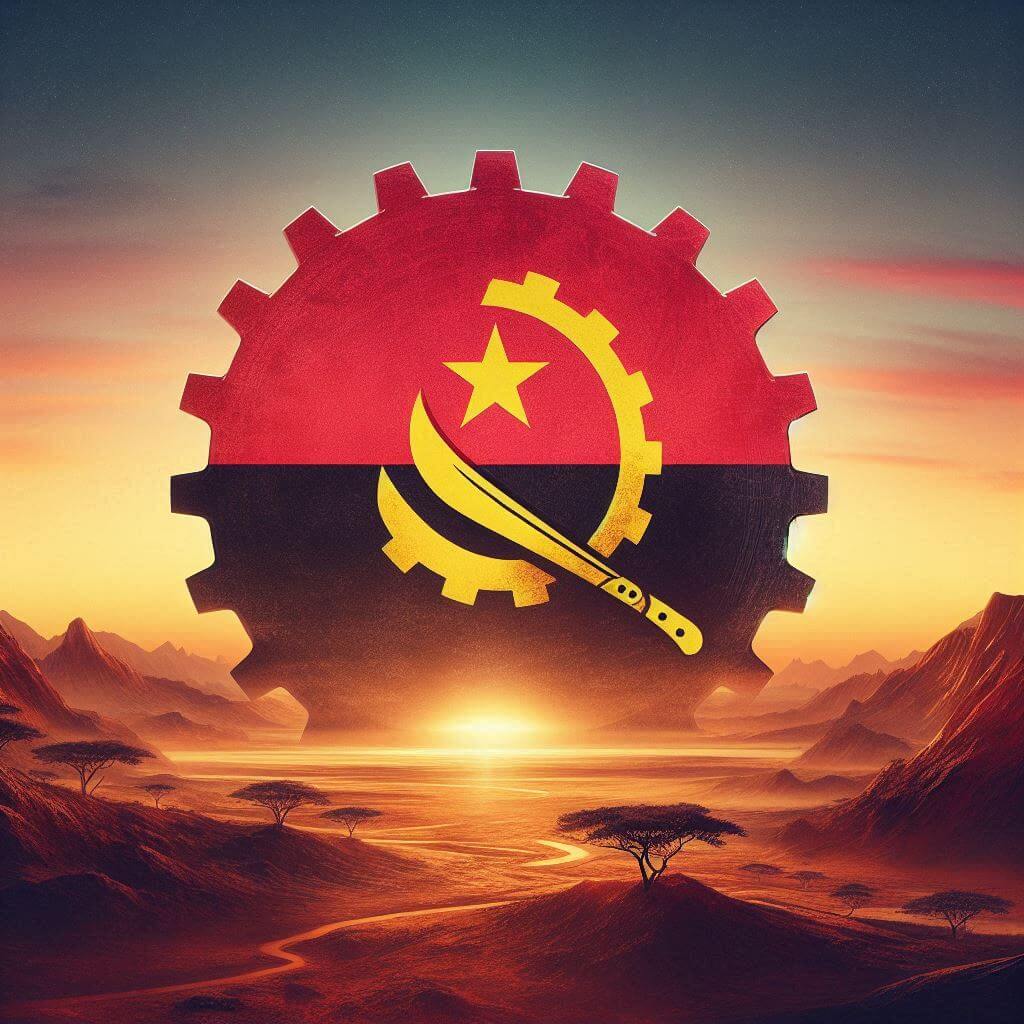 The current flag of Angola was officially adopted on November 11, 1975, coinciding with the country's declaration of independence from Portugal. Its design was closely associated with the Popular Movement for the Liberation of Angola (MPLA), the political party that led the independence struggle and has governed the country since.
The current flag of Angola was officially adopted on November 11, 1975, coinciding with the country's declaration of independence from Portugal. Its design was closely associated with the Popular Movement for the Liberation of Angola (MPLA), the political party that led the independence struggle and has governed the country since.
Prior to independence, Angola, as a Portuguese colony, did not have its own distinct national flag. Instead, various Portuguese colonial flags were used, none of which resonated with the Angolan people or represented their aspirations. During the independence struggle (1961-1974), different liberation movements used their own flags and symbols. The MPLA's flag, which closely resembles the current national flag, gained prominence as the symbol of the independence movement.
After independence, the flag underwent minor modifications. In 1975, immediately following adoption, slight adjustments were made to the gear wheel's design. In 1992, as part of broader national reforms, the flag's colors were standardized and the gear wheel was further refined to its current form. These changes reflected Angola's evolving identity and its transition to a multi-party democracy.
Symbolism and design of the Angolan flag
Every element of the Angolan flag is imbued with deep symbolism, reflecting the nation's history, values, and aspirations:
- The red band symbolizes the blood shed by Angolans during their struggle for independence and their commitment to defending freedom.
- The black band represents the African continent and the people of Angola, emphasizing the country's African identity and heritage.
- The yellow half cogwheel symbolizes industry, progress, and the country's rich mineral resources, particularly its oil wealth.
- The machete represents agriculture, the rural population, and the armed struggle for independence.
- The star symbolizes international solidarity, progress, and the nation's bright future. Its five points may also represent the five provinces of Angola at the time of independence.
The combination of industrial and agricultural symbols (cogwheel and machete) reflects Angola's dual focus on modernization and honoring its agricultural roots. This design choice also emphasizes the unity between urban and rural populations in building the nation.
Usage and significance of the Angolan flag
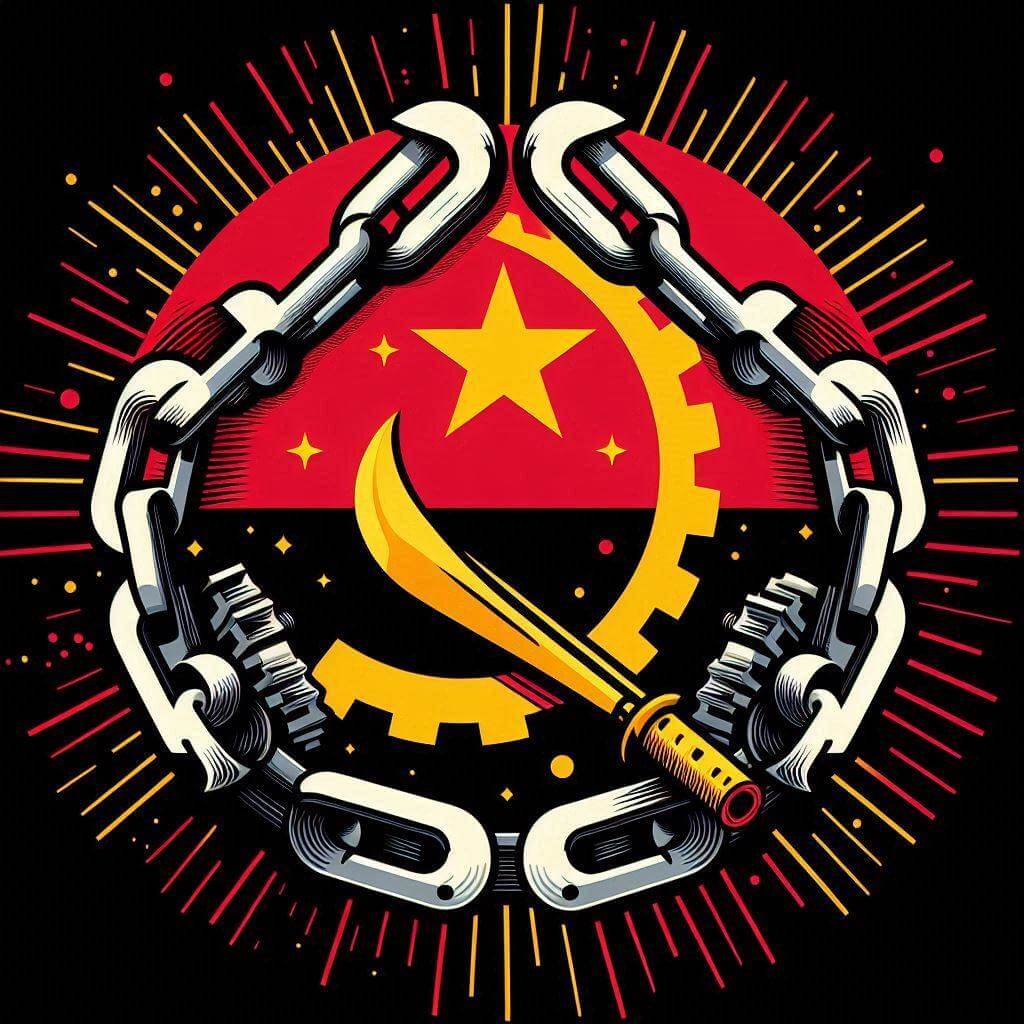 The flag of Angola serves as a powerful symbol of national identity, unity, and sovereignty. It is prominently displayed on government buildings, schools, and public institutions across the country. During national holidays, such as Independence Day (November 11) and Peace Day (April 4), the flag takes center stage in celebrations, parades, and official ceremonies.
The flag of Angola serves as a powerful symbol of national identity, unity, and sovereignty. It is prominently displayed on government buildings, schools, and public institutions across the country. During national holidays, such as Independence Day (November 11) and Peace Day (April 4), the flag takes center stage in celebrations, parades, and official ceremonies.
Internationally, the Angolan flag represents the nation at diplomatic events, United Nations gatherings, and sporting competitions. It's a source of pride for Angolan athletes competing in events like the Olympic Games and African Cup of Nations, where it symbolizes their national identity on the global stage.
The flag also plays a significant role in fostering national unity. After decades of civil war following independence, the flag has become a symbol of reconciliation and shared national identity, transcending political and ethnic divisions.
Interesting facts about the Angolan flag
- Angola's flag is one of the few national flags to feature industrial tools (cogwheel and machete) as central elements, making it highly distinctive.
- The flag's design was inspired by the flag of the Soviet Union, reflecting the MPLA's socialist leanings during the independence struggle.
- Despite changes in Angola's political system since independence, the flag has remained largely unchanged, demonstrating its enduring significance to the nation.
- The flag's colors - red, black, and yellow - are often referred to as the Pan-African colors, connecting Angola to the broader African independence movement.
- In Angolan culture, the flag is sometimes nicknamed "A Gloriosa" (The Glorious One), reflecting its status as a symbol of national pride and achievement.
- The Angolan flag's unique design has inspired similar flags in other African nations, particularly those with socialist histories.
